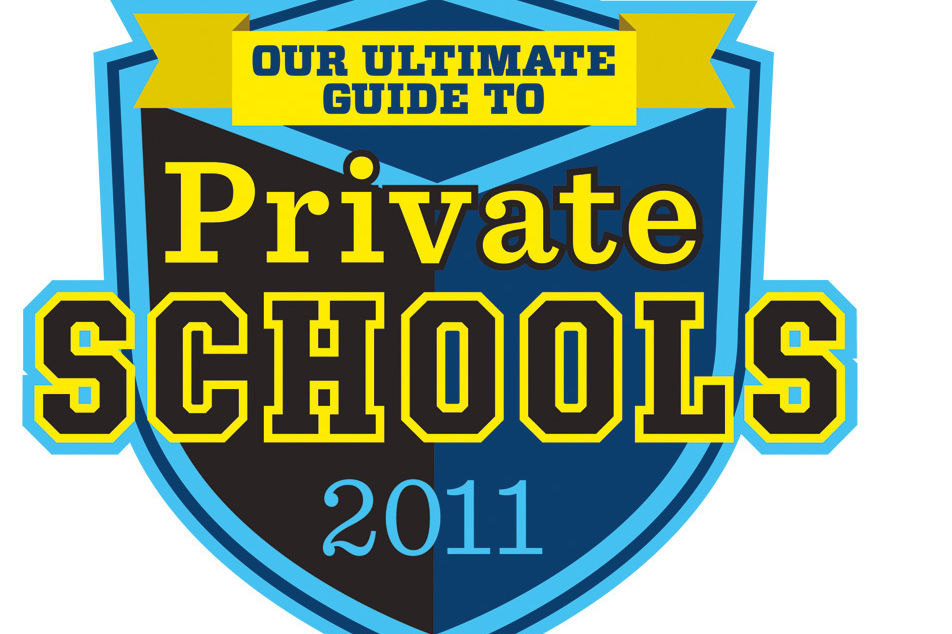
Private Schools Guide 2011
About 14 percent of Portland’s kindergarten through 12th-grade students attend private schools. But that’s just the kids who are able to go. According to a recent study commissioned by the Friedman Foundation for Educational Choice, 44 percent of Oregonians would like to send their children to private schools. But which school is right? And is it affordable? We can help you find the answers. You know your kid and your finances, and, thanks to interviews with more than 100 of them, we know the schools. We compiled data on everything from student-teacher ratios to test scores for our “By the Numbers” chart. Plus, we met with students, teachers, and administrators to give you profiles of 12 area schools doing extraordinary things in a variety of subjects. Whether your child is a budding musician, diplomat, or environmentalist, there’s a school for you.
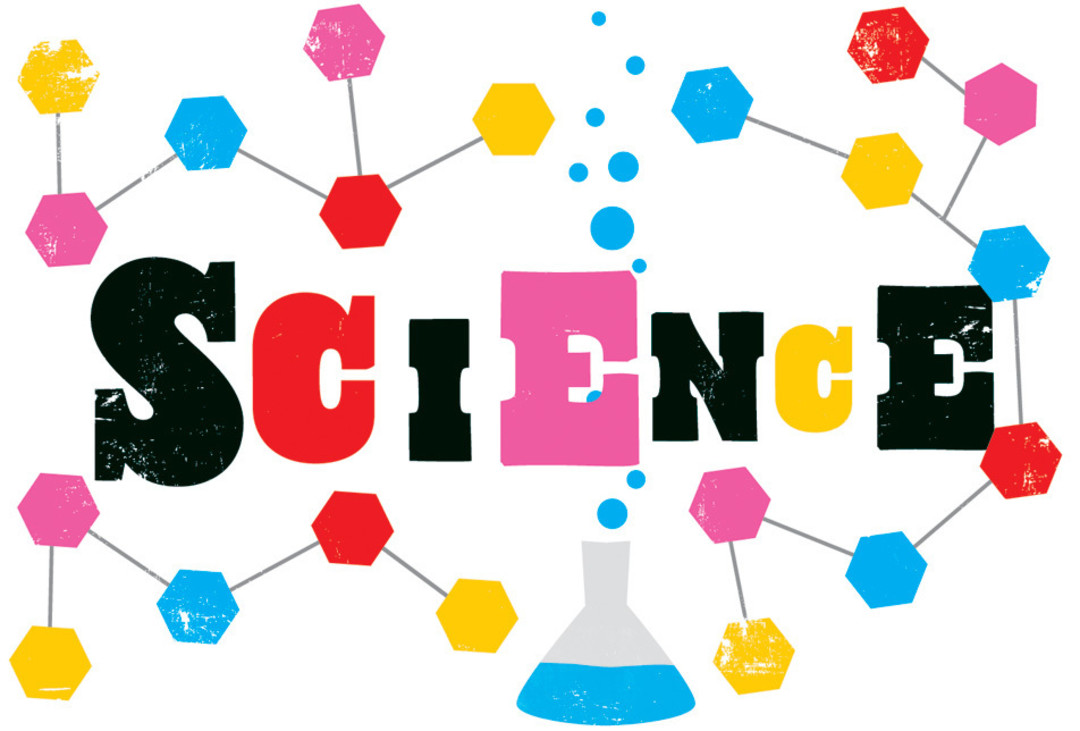
PORTLAND JEWISH ACADEMY (P–8)
“You know ‘no child left behind’?” says Joe Minato, a Porland Jewish Academy middle school science teacher. “Here it’s ‘no child left on their behind.’”
Indeed, at PJA the goal is to inspire young inventors and explorers by encouraging them to ask questions and seek the solutions through observation and experimentation instead of by spending hours sitting with a textbook.
Beginning as early as preschool, active science lessons go hand in hand with social studies, history, and literature. “They’ll study the moon cycle, keep a moon journal that incorporates writing and art, and attend a constellation party,” says principal Merrill Hendin.
Field trips and outdoor projects supplement the in-school instruction. For example, every year the fifth-grade class takes a weeklong trip to an environmental education program on Bainbridge Island. They then return home and translate what they’ve learned to a wetlands restoration project at nearby Gabriel Park. PJA also maintains three labs, including a project room in which science-fair hopefuls—like Amiel Patton-Hall, who last year won four awards at the Intel Northwest Science Expo—can work after-hours.
The result? Students who are as excited about science as they are about Miley Cyrus—and a classroom full of empty seats. —Anna Sachse
OREGON EPISCOPAL SCHOOL (P–12)
At Oregon Episcopal’s thrice-weekly “Gathering” assemblies, athletes aren’t the only ones who get cheers: the yells for science award winners are just as loud.
And that means there’s a lot of noise in them thar Raleigh Hills. Since 1995, this 141-year-old institution has racked up 66 total finalists and semifinalists in two prestigious national contests (Siemens Westinghouse and the Intel Science Talent Search). Among them are juniors Matthew Fernandez and Akash Krishnan, whose emotion recognition software won first place in the Siemens Competition for Math, Science and Technology in December.
“Our real goal is to develop lifelong learners who have a natural curiosity and explore the unknown,” says interim head of school Kathleen Z. Layendecker.
To that end, the school—which boasts the highest average SAT math score (670) of any Oregon school—advocates a hands-on approach in which students design experiments to find the answers to questions they pose. OES provides support with a center dedicated to science, technology, and math; state-of-the-art labs; mentors from local high-tech companies and universities; and a broad range of science classes. From grades 6 to 11, pupils conduct annual research projects—a program Krishnan credits for his team’s winning software, which has already garnered interest from the likes of Johns Hopkins and the US government. Now does that deserve a hurrah or what? —AS
HONOR ROLL
ARBOR SCHOOL OF ARTS AND SCIENCES (K–8)
4201 SW Borland Rd, Tualatin
Arbor’s 21 acres of woods become a living lab for its 160 students. The experiments? Archaeological digs, tending pygmy goats, and even re-creating the Oregon Trail.
CATLIN GABEL (P–12)
8825 SW Barnes Rd
In five years Catlin’s high school robotics team has won 20 FIRST competition awards, becoming the only Oregon team to qualify for the world championships four years in a row.
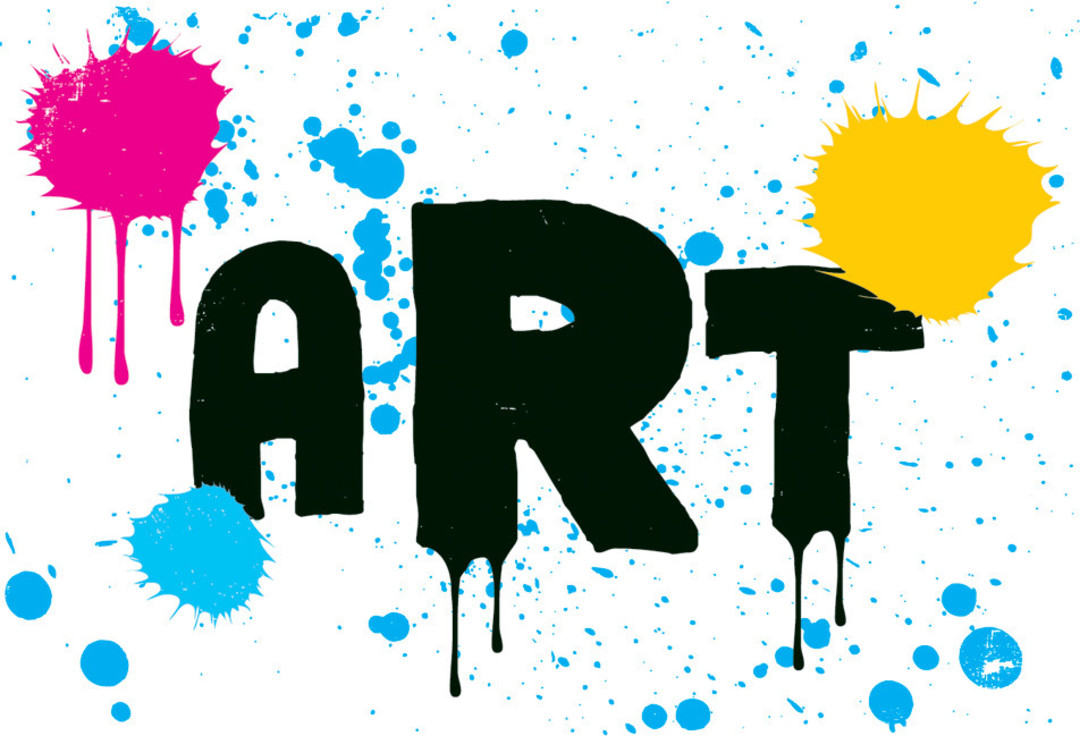
CEDARWOOD WALDORF SCHOOL
You haven’t really lived until you’ve heard 30 fourth graders strum ukuleles and sing the White Stripes’ “We’re Going to Be Friends”—all in front of a blackboard inscribed with Chinese characters and conversions of pounds to ounces. At Cedarwood, arts and music don’t just coexist with other subjects—they glue the 267-student school’s curriculum together.
“We don’t do ‘arts,’” says Cedarwood head Elizabeth Nugent. “The arts are infused into everything we do, and we see our kids become quite skilled.”
The Waldorf education system is a complex, and, in Portland, increasingly popular approach that stresses creativity and an immersive social environment. Kids start knitting and other practical handwork in first grade; all must choose a stringed instrument by third grade. By eighth grade, they’re crafting gorgeous rustic stools worthy of craft bazaars like Saturday Market. Throughout their education at the Lair Hill school, students draw and write their own “textbooks” for subjects like history, and they celebrate seasonal festivals with performing and visual arts. Perhaps we can put in an early request for another White Stripes ode for the upcoming May Day festival. —Zach Dundas
NORTHWEST ACADEMY (6–12)
It’s fitting that Northwest Academy’s somewhat anonymous-looking downtown headquarters used to be a comedy club. Inside, free expression runs riot. Striking black-and-white photos hang outside an old-school darkroom. Jumbles of cables lie next to the recording studio’s mixing board. A high school junior helps direct an eighth-grade production of The Tempest. Daily life at this 15-year-old school, which divides 123 students between middle and high school, melts the traditional boundary between “academics” and “arts.”
“What the kids do in arts is central to everything they learn here,” says NWA admissions director Lainie Ettinger.
In practice, this means students compose songs about geometric proofs, design marketing materials for Edgar Allan Poe stories, and explore linear progression in drawing class. More than half also sign up for NWA’s Arts After Hours program, in-depth seminars in everything from advanced tap dancing to figure drawing, taught by professional artists like successful local painter Sean Cain. Plus, the downtown location lends NWA students easy access to urban annexes like the Portland Art Museum, the Portland Center for the Performing Arts, and Portland State University.
But none of this is playtime. The school’s rigorous curriculum (which includes a 30-page humanities thesis for seniors) helps graduates advance to colleges as diverse (and prestigious) as Duke and the Rhode Island School of Design—not a bad encore. —ZD
HONOR ROLL
AGIA SOPHIA ACADEMY (P–5)
14485 SW Walker Rd, Beaverton
Beaverton’s Orthodox Christian school tunes kids early with a three-day-a-week music curriculum based on the Kodaly Method, an approach built on singing and a carefully chosen folk and classical repertoire.
PACIFIC CREST COMMUNITY SCHOOL (7–12)
116 NE 29th Ave
This 75-student school with an alternative bent prides itself on integrating music and arts into every aspect of campus life. A typical high school student might start the day with drawing and end with dramatic writing.

THE INTERNATIONAL SCHOOL (P–5)
The only thing more humbling than having an American 5-year-old walk you through the elements of food distribution—in Japanese—is having a chorus of 10 of them explain it. But for the first graders at the International School (TIS), a language immersion elementary program in Southwest Portland, that’s just an average morning. After all, they spend every day transitioning seamlessly between languages at school and at home, navigating their world with a sharp linguistic compass.
Students at TIS plunge into a full immersion program in Spanish, Mandarin, or Japanese at age 3, and continue learning in their chosen language until their fifth-grade graduation. Teachers, who hail from as far away as Chile and Mongolia, instruct only in their native language, guiding pupils through a classic curriculum of math, reading, and science, and steeping them in the history and culture of the teacher’s home country.
There’s more to TIS than foreign languages, though. The school boasts Portland’s first elementary school International Baccalaureate (IB) program. Rather than working through a rote, predetermined set of facts and questions within a lesson, the IB method encourages students to master ideas by exploring their own questions—ones they’ve asked, of course, in three different languages. —Rachel Ritchie
FRENCH AMERICAN INTERNATIONAL SCHOOL (P–8)
Strolling the carefully manicured grounds of the French American International School (FAIS), it’s hard to believe that the school was born 32 years ago as a small preschool class in a church basement. Perched on a lush, forested swath of Portland’s West Hills, the 14-acre, LEED-certified campus is now Portland’s oldest independent immersion school.
Why French? “It’s not as much about the language itself as it is about the immersion experience,” explains director of admissions Arezu Movahed. The core of that experience, she explains, is the flexibility in thinking and sensitivity to language and culture that comes with such early exposure to multiple languages.
And it doesn’t stop at French. The Gilkey International Middle School at FAIS offers three language tracks for incoming students: one for students transitioning from the French program, one for those with previous immersion experience in Spanish, German, or Mandarin, and one for students with no foreign language experience. At the middle school level, only advanced language arts and social studies are taught in the target language, and the rest is in English. Students who come from the immersion elementary school also study another (yes, a third) language. For as that early leader of the Franks, Charlemagne, put it: “To have another language is to possess a second soul.” So why not one more? —RR
HONOR ROLL
THE GARDNER SCHOOL (P–8)
16413 NE 50th Ave, Vancouver
Students at this bucolic school begin learning Spanish in preschool and continue through eighth grade.
THE GILKEY INTERNATIONAL HIGH SCHOOL (9–12)
1130 SW Main St
A new partnership between FAIS and the Northwest Academy, the Gilkey program allows students to take advanced, immersion-based language courses in French and Mandarin through 12th grade.
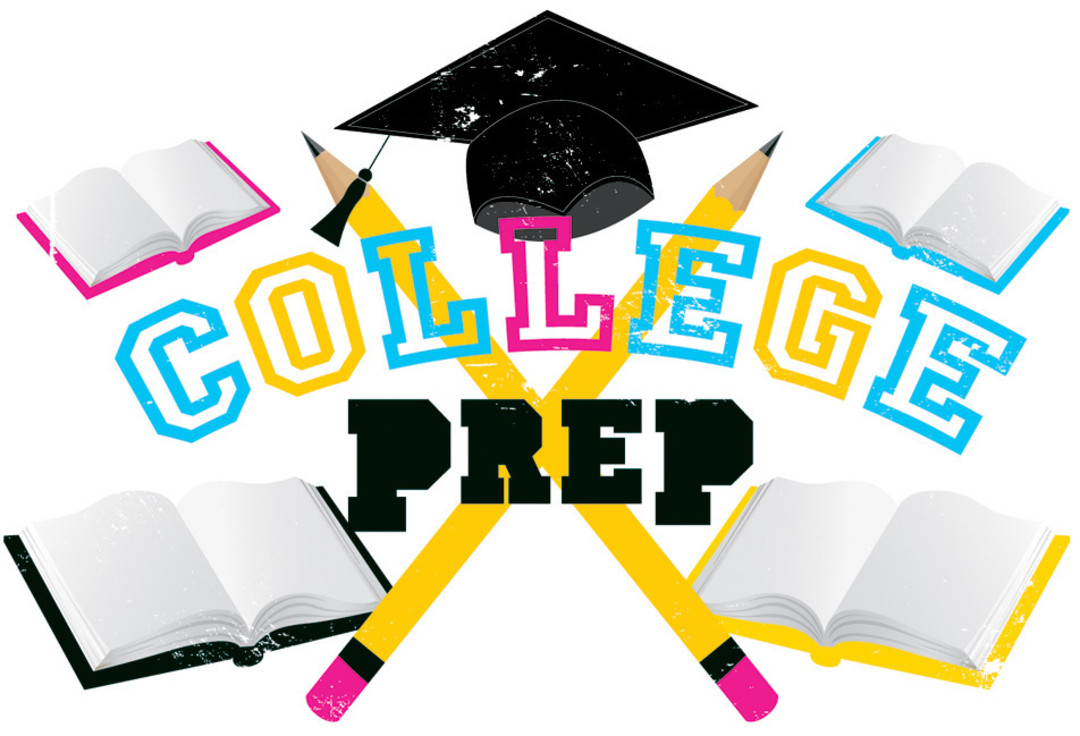
LA SALLE CATHOLIC COLLEGE PREPARATORY (9–12)
What’s in a name? Shakepeare’s Juliet asked. For students at La Salle Catholic College Prep, the answer is literal: not only do nearly 100 percent of graduates enroll in college, but thanks to the credits they earn through a smorgasbord of 23 Advanced Placement classes, some, like 2010 alum Carly Christoferson, also start with sophomore standing.
“We’re always asking ourselves, ‘What do students need?’” says Andrew Kuffner, vice principal of academics. “AP courses are part of the answer, so we embraced that.”
AP classes aside, La Salle’s rigorous curriculum (four years of English, three years of math and science, a year of fine arts, for example) ensures students are prepared for the demands of college. Since 1987, La Salle has also maintained a partnership with the Oregon University System that allows students to earn college credit for some classes they take at the high school.
“You don’t realize the quality of the education you’re getting until you are put into a different setting, with people from different educational backgrounds,” says Christoferson, now a University of Oregon Clark Honors College student. Then it becomes clear it’s not just what’s in the La Salle name, but what’s in the education: a foundation for success. —GH
CATLIN GABEL (P–12)
Nestled in a West Hills fir forest, this 151-year-old progressive school regularly posts the highest SAT scores in the Portland area—a combined score of 1957 last year (the Oregon average is 1547)—and a 100 percent college enrollment rate, at places like Harvard and Stanford, no less. But Catlin graduates don’t just go to good colleges; they go to the right colleges for them.
In fact, college is kind of downplayed at the school until junior year, when in early January Catlin’s two college counselors, Nancy Donehower and Blythe Butler (who both previously served in college admissions offices themselves), bring a collection of admissions deans and directors together for an evening Q&A with students and parents. In meetings throughout the next year and a half, several times a month, Donehower and Butler lead each student into a deep inquiry about what he or she wants in a college. The students even spend part of their junior retreat in February writing a self-reflective essay that for many will morph into an application essay. The results are often surprising.
“I’m not even applying to the school that a year ago I thought for sure I was going to go to,” says senior Jenna Rolle.
And that’s precisely the point.
“The list of schools the students go to is impressive,” says head of school Lark Palma, “but we’re most proud of the journey they take to get there.” —KC
HONOR ROLL
PORTLAND LUTHERAN SCHOOL (P–12)
740 SE 182nd Ave
PLS students can earn up to 12 semester college credits through the school’s Baccalaureate Package program, in which Concordia University instructors teach classes on the PLS campus.
OREGON EPISCOPAL SCHOOL (P–12)
6300 SW Nicol Rd
OES’s rigorous education helps students earn some of the top SAT scores in the Portland area—and the state—every year.
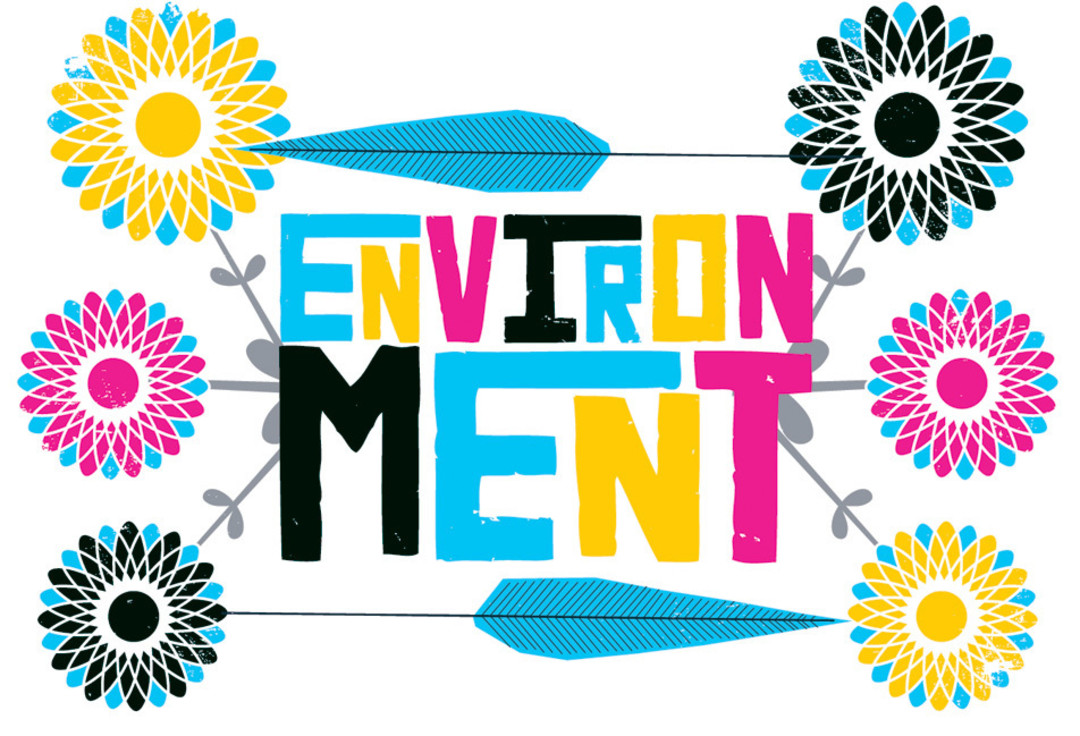
ARBOR SCHOOL OF ARTS AND SCIENCES (K-8)
Tucked behind a wall of old-growth firs and cedars, the Arbor School is a pristine slice of Oregon beauty. And for good reason: this former horse ranch has 160 pairs of hands helping with its upkeep. Every day, students care for gardens, feed goats, and remove invasive plant species as part of their education.
Conservation and eco-consciousness are at the core of Arbor’s program. Students have turned open fields into forests and orchards with reforestation efforts, applied principles of land surveying to make sustainable cross-country trails, and coaxed salmon and beavers back to the school’s creek with restoration efforts.
The school’s 21 acres have a lot to do with Arbor’s ability to engage students. Environmental awareness begins with the physical freedom to explore the outdoors, notes director and founder Kit Abel Hawkins. “When students leave,” Hawkins says, “they remember the sense of place, the sense of devotion to the landscape they had here.” Today, with alumni working as environmental lawyers and sustainability planners, the fertility of this arboreal oasis is indisputable: Arbor students see the forest as well as the trees. —Martin Patail
PACIFIC CREST COMMUNITY SCHOOL (7–12)
The future can seem a long ways off during those live-in-the-second days of high school. But from day one, Pacific Crest, a progressive Northeast Portland school, likes to raise its 75 students’ eyes to one of the most important horizons: the planet’s.
As part of the school’s commitment to service, students give up one day a month for stewardship. Some learn sustainable planting and harvesting at a community farm, while others have jumped into much-longer reforestation projects in Nicaragua.
The projects aren’t just whims: at the beginning of their freshman year students team up with a faculty adviser to identify the type of projects they’d like to contribute to. Over the next four years, the adviser helps the student track and record their service in a college-application-worthy portfolio. While the opportunities for service aren’t all environmental ones, the school’s expansive vegetable garden, student-run bicycle repair, and impending certification as a Green School (an Oregon program for auditing waste and conserving energy and resources) tend to keep the focus on the great outdoors.
And it’s a laser focus at that. To wit, when faculty and students entered the Bike Commute Challenge—a citywide contest to log the most miles ridden to and from work or school—in 2007, the team placed seventh in the city … behind jolly green giants like New Seasons. Now that’s getting somewhere. —MP
HONOR ROLL
GERMAN AMERICAN SCHOOL OF PORTLAND (P–5)
3900 SW Murray Blvd, Beaverton
The school’s SolarLab, an interactive exhibit that showcases emission-free solar power, is a regular field-trip destination for many other local schools.
LA SALLE CATHOLIC COLLEGE PREPARATORY SCHOOL (9-12)
11999 SE Fuller Rd, Milwaukie
Students fulfill service requirements through farm immersion programs, in which pupils live with workers and learn how to maintain a community garden.
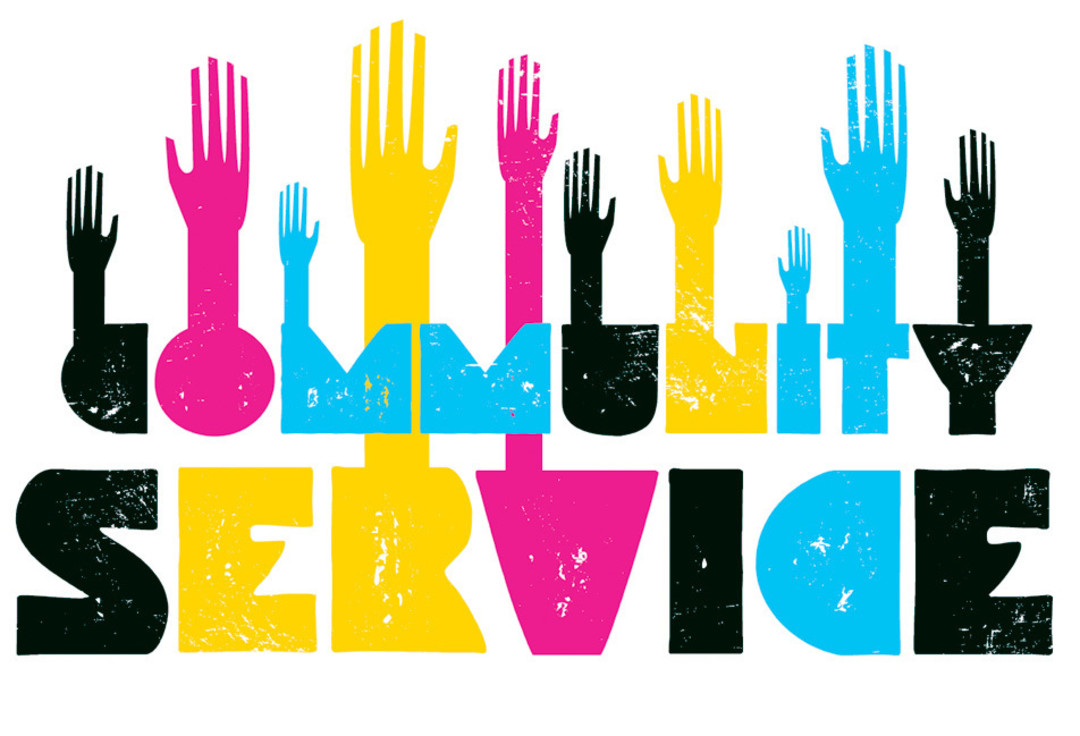
VALLEY CATHOLIC SCHOOL (K–12)
“Varsity” isn’t just a designation for athletes at this Beaverton institution. In middle school, students can earn a letter in service by devoting 20 or more hours per year to their community—in addition to the 10 hours required of every student.
Giving back to the community was a core value of the Sisters of St. Mary who founded Valley Catholic in 1903, and is one that’s woven throughout the middle school’s curriculum. Because the campus houses both a preschool and a nursing home, options for transgenerational service abound. Seventh graders can elect to spend their one free period a day volunteering with one of the sisters—helping in the garden, working in the kitchen, or caring for the preschoolers. And then there is what they do inside class.
Eighth graders, for example, spend at least one class period a week visiting with a resident at Maryville Nursing Home. The visitations form the foundation for part of their Living Histories project: during their visits students compile information and stories from the senior in a book that they will present to the resident’s family at the end of the year.
“It’s kind of a built-in grandparent experience for the kids,” says Hilee Jackson, activities director at Maryville. “And the residents need the visitors; it’s powerful for kids to be able to see that need.” —KC
JESUIT HIGH SCHOOL (9–12)
As part of their school’s Christian Service Program, Jesuit students spend an average of 128 hours volunteering over the course of their high school career. Collectively, that means each class contributes roughly four years’ worth of community service. Impressive, yes. But when you consider that the program has been in place since 1985, the good-karma count ticks an astonishing benchmark: Jesuit students have donated nearly 90 years—a long lifetime—of service to the community.
“Ultimately, our objective is to teach students about social justice,” says program director Scott Powers. “The most effective teachers of these lessons are the people our students serve—those people who understand what injustice means because they have lived it.”
To that end, juniors and seniors commit 65 hours in service to marginalized groups, keeping a journal of their activities along the way that will eventually inform a kind of thesis. In the past, projects have ranged from going camping with children with disabilities to building schools in rural El Salvador.
Senior Joey Grimmer focused his efforts on the homeless in Portland, spending the summer volunteering at Blanchet House of Hospitality, which serves more than 600 meals a day. “We brought joy to each other there,” says Grimmer. “And it’s where I learned to enjoy the little things in life.”
Now that’s something a textbook can’t teach. —AM
HONOR ROLL
THE MADELEINE SCHOOL (K–8)
3240 NE 23rd Ave
Eighth graders complete a capstone service project in which they research a social issue, donate time to the issue through groups like Oregon Food Bank, and then recount their experience in a reflective paper and oral presentation.
PORTLAND WALDORF SCHOOL (P–12)
2300 SE Harrison St, Milwaukie
High school students at Waldorf are highly active do-gooders, thanks, in part, to the school’s commitment to service learning. Students donate an average of 16 hours a year to organizations such as SOLV, penning an essay about their experiences. And each April pupils and teachers alike commit a day to service in support of National Volunteer Service Week and Earth Day.




